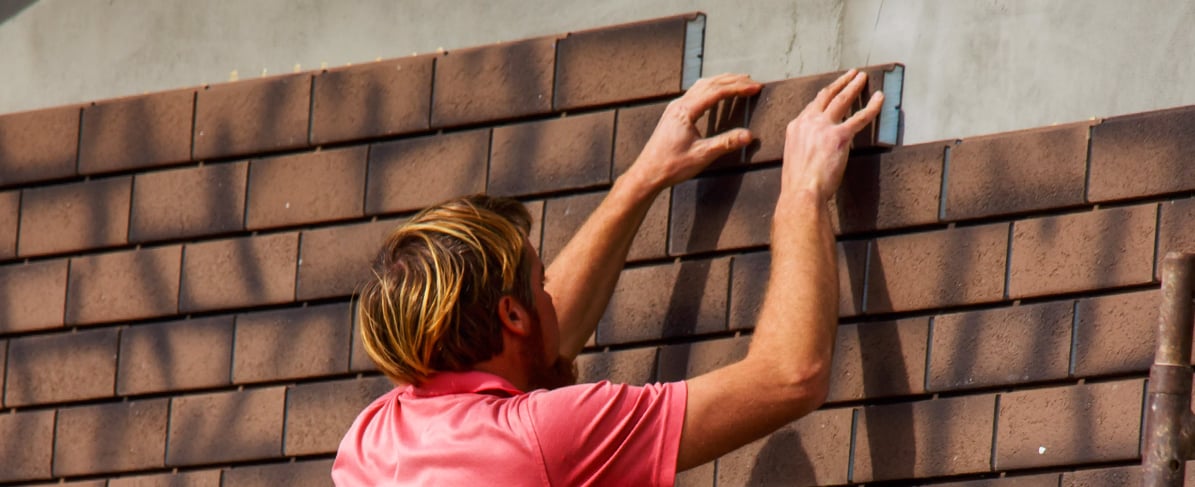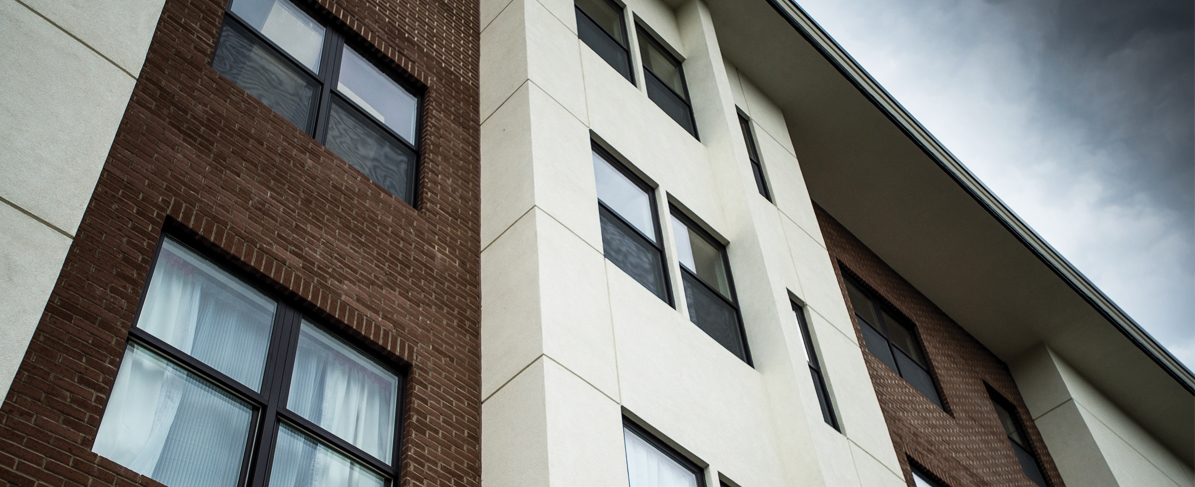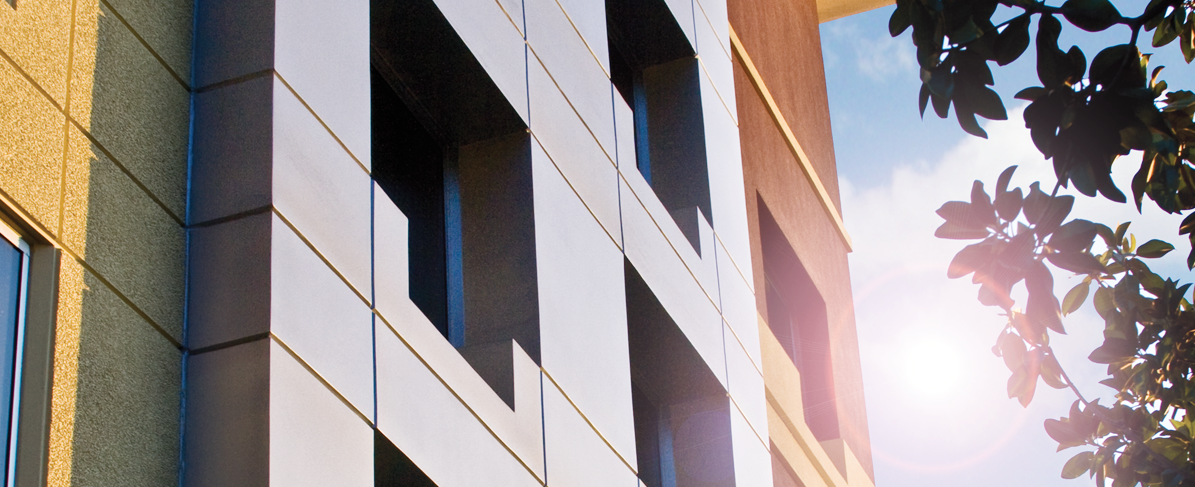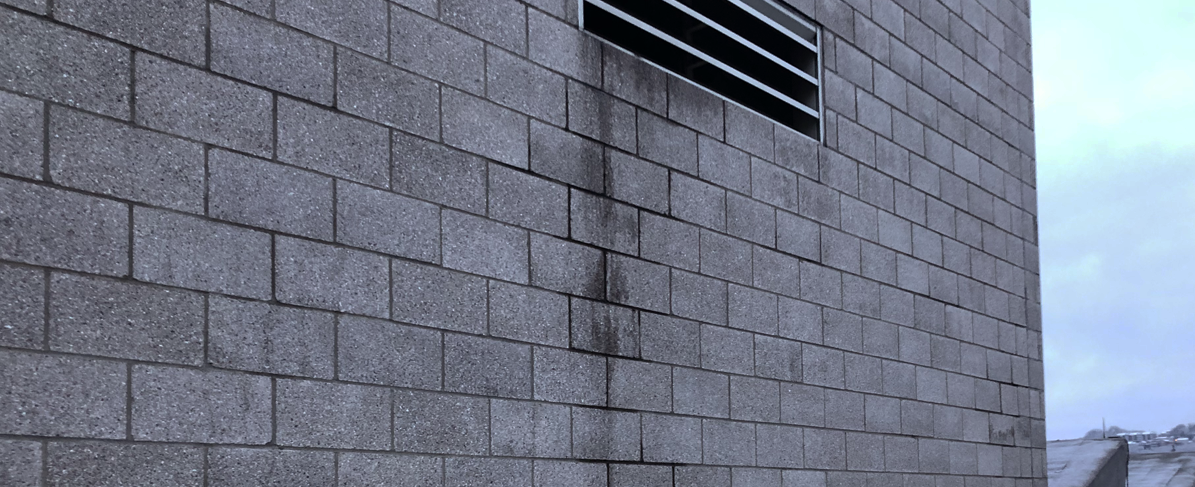The traditional masonry field has gone virtually unchanged for centuries. If it works, don’t fix it. As a life-long mason of close to 50 years, my business has had no issues building with stone and clay brick. However, when a new product was brought to my attention which could expand my scope of work, I was intrigued to learn more.
Lightweight insulated brick veneers are the same size and have the same appearance as traditional clay brick but are significantly lighter and have an insulated core to add R-value to your structure. In an industry that struggles to maintain skilled labor, I was interested to see how this product could simplify and speed construction as advertised.
What are brick veneers?
First off, these brick veneers are not intended to replace clay brick as they do not offer any structural element. Their purpose is more geared towards recreating the beautiful aesthetic of brick while allowing for a lighter building, greater visual versatility (they can have custom colors), and superior insulation. These bricks are essentially blocks of EIFS, which are adhesively attached to the façade and then sealed with mortar that is bagged through the seams.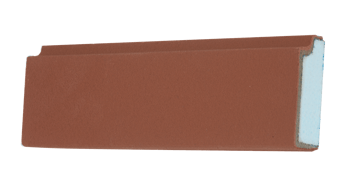
In preparation for an upcoming project, the manufacturer of the lightweight insulated brick veneers trained my crew and me on the application. The small learning curve was not a problem in the slightest. In fact, my experience in masonry gives me an eye for constructing things that are level and plumb, so my skills carried over seamlessly. I’ve found that many projects can combine both traditional bricks and brick veneers so having this training under our belt will make our company more marketable.
Benefits of brick veneers
In addition to expanded work that is now available to us, here are other key benefits I’ve seen with this technology:
- Labor Savings- Each brick veneer is about 1/12 the weight of a clay brick. This makes it easier to lift bundles of brick around the jobsite single-handedly. Plus, because of the ease of adoption, even your newest employees will catch on quickly to the installation. Since the veneers are applied using an adhesive and caulking gun, you don’t need a big mud mixer or other heavy equipment. The bricks are easy to cut precisely to length without the need for a large saw.
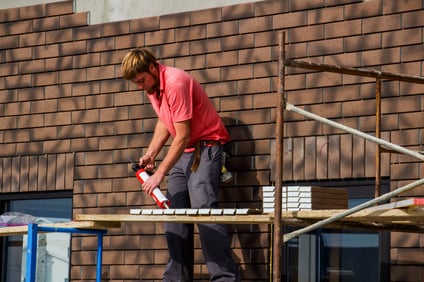
- Cost-Savings- With labor savings and faster installation comes significant cost-savings. Insulated brick veneers eliminate the need for anchors, bearing shelf angles, brick ties, mortar nets and AWRB penetrations. The lighter weight also lessens shipping and freight costs.
- Durability- Original brick buildings were made to last for over a hundred years, so I was pleasantly surprised by the strength of these brick veneers. Their acrylic finish is extremely tough and would be difficult to scratch, dent or break. Dropping one of the lightweight insulated brick veneers does nothing, where a clay brick would undoubtedly crack or shatter. Since the veneers don’t have any structural value, if one of them were to become damaged, you could remove the individual brick from the wall and quickly replace it without any issues.
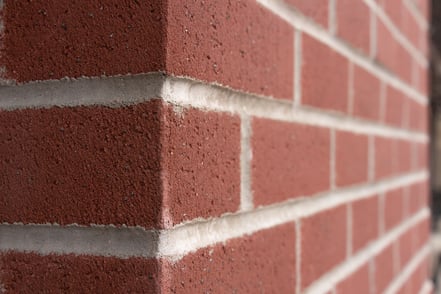
- Energy-Efficiency- While it might not impact the installer directly, energy-efficiency of a product or system is a key decision-making factor for the building owner. Traditional bricks offer little to no insulating value to the structure, with an R-value of 0.3 to 0.4. Lightweight insulated brick veneers with mortar, on the other hand, have an added R-value of R-1.4 so the building has an added layer of insulation to lessen energy costs for the owner or tenants.
- Aesthetics- The look of brick can be timeless, sleek or modern. Whatever the aesthetic goal, insulated brick veneers can be color-matched to suit. They can be used for new construction projects or for exterior renovations to completely transform or maintain historical integrity. The veneers’ variety of color and texture options make them almost indistinguishable from traditional brick to the average person.
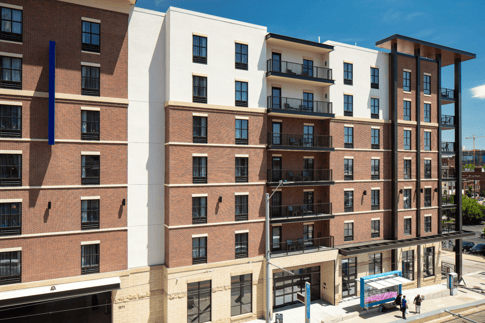
Conclusion
While I don’t think anything will ever fully replace traditional clay bricks, the new lightweight insulated brick veneers are a great façade option for labor-, cost- and energy-savings. For masons, there are transferable skills to aid in the training process and diversify our service offerings. I’ve come to embrace the lightweight insulated brick veneers and recommend others investigate the technology further to see how it might work best for them.
